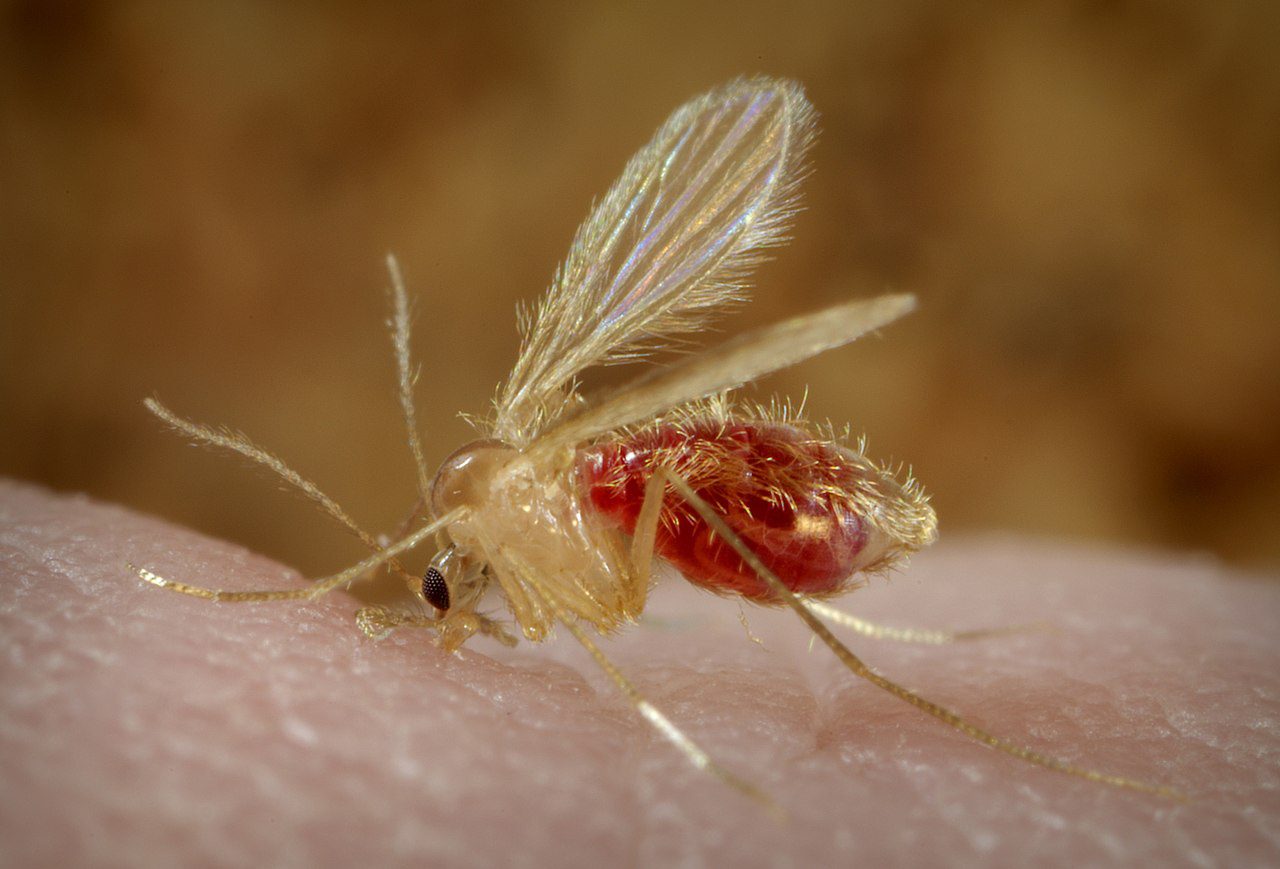Leishmaniasis, a parasitic flesh-eating disease, is affecting people across the globe, and medical professionals now believe the disease could be endemic in the Lone Star State.
The World Health Organization (WHO) claims that up to one million new leishmaniasis cases occur annually and that roughly 350 million people in 88 countries worldwide run the risk of contracting the illness. The parasitic disease is spread through the bite of infected female phlebotomine sandflies, which must consume blood to produce their eggs.
There are three primary forms by which the disease manifests: visceral (the most serious), cutaneous (the most common), and mucocutaneous (which affects the mouth, nose, and throat), according to the WHO.
Cutaneous leishmaniasis can lead to ulcers appearing on exposed parts of the body, which can cause lifelong scarring, disability, and stigma. More than 90% of cases of cutaneous leishmaniasis occur in Afghanistan, Algeria, Brazil, Iran, Iraq, Peru, Saudi Arabia, and Syria.
Most cases of cutaneous leishmaniasis evaluated in the United States were believed to have been acquired in Latin America, per the WHO. However, a new analysis suggested some cases may be endemic in the United States.
“Historically, it was considered that cutaneous leishmaniasis, or any type of leishmaniasis, is linked to international travel,” said Vita Cama, a microbiologist working for the CDC’s Division of Parasitic Diseases and Malaria, according to KXAN.
“We were doing a different kind of analysis to see what kind of samples were coming to the lab at the CDC, and we noticed there was a specific group that did not report any international travel,” added Cama.
Analysis conducted by the CDC found that people infected by the leishmania parasite who did not travel internationally were often affected by the same species of leishmania, per KXAN.
From 2007 to 2022, there have been 38 locally acquired cases of leishmaniasis, three of which were recorded in Travis County. In total, 117 cases of the disease have been reported in Texas during this timeframe, according to the Texas Department of Health and Human Services, per KXAN.
Cama suggested that Texas reports more leishmaniasis cases due to its advanced reporting system, which many U.S. states did not have.
According to the CDC, individuals can safeguard themselves against the disease by applying insect repellent on exposed skin and covering up while spending time outdoors. When indoors, the CDC recommends spraying living and sleeping areas with insecticide and staying in well-screened or air-conditioned spaces.






